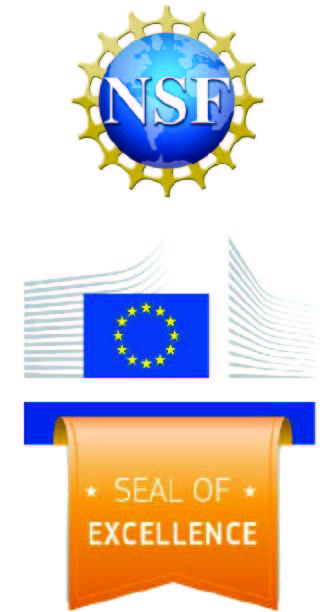NeuroPrex Competitive Advantage
Depression Treatment for the Information Age
NPX provides benefits for doctors and willingness to pay
Current TMS treatment takes 20-30 continuous sessions, 30-40 min per session to complete a therapeutic course. A long and dedicated process which requires the cooperation between patients and doctors to attain the best therapeutic outcome. NPX provides an easy to use and simple procedure, with precise positioning of coils enables improved effectiveness and efficacy, will be welcomed by doctors and patients to attain immediate and lasting healing results, a goal to reach a fast healing period with no side effect. NeuroPrex surface pain reduction™ technology makes TMS therapy comfortable, no longer a scalp pain and headache for patients. A flexible monthly subscription fee of unlimited use of NPX reduces cost for doctors significantly to sustain a profitable TMS therapy business. No extra space is needed, reduces indirect cost of room rental. A potential to remove reliance on drugs, and a home-treatment to relieve acute symptom is possible. Reimbursement codes are available for claiming coverage from most insurance companies. Also treat PTSD, Alzheimer's, Parkinson's, stroke rehab and pain controls.
NSF Award and EC's Seal of Excellence
NeuroPrex received National Science Foundation (NSF) SBIR award in 2018 and Seal of Excellence in 2017-2018 from the European Commission (EC) Horizons 2020 SME Instrument: "The NPX is a ground breaking repetitive TMS device treating depression.” This award recognizes the exceptional quality of NPX innovation, business planning and team work. NPX device has unique design features, producing magnetic pulses with doubled strength and precision to reach deeper lesion areas, is designed to comply with FDA safety requirements. Under the protection of NPX device, 32% of surface unwanted energy is eliminated without affecting the healing energy at the deeper target regions of the brain and the overheated spot disappears on the top of the patient’s head in the simulation diagram. The data supporting these findings was presented in the annual meetings of National Academy of Neuropsychology (NAN) 2016 and Society for Brain Mapping and Therapeutics (SBMT) 2017.
